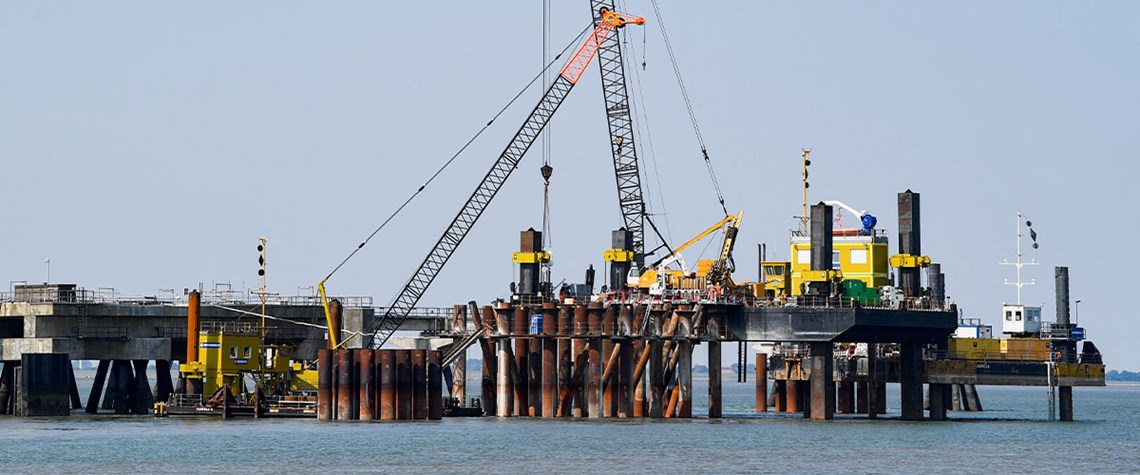Future LNG overcapacity to boost hydrogen imports
Regasification terminals can be repurposed to receive ammonia and synthetic methane
Europe’s LNG terminals could eventually provide significant hydrogen import capacity, using either ammonia or synthetic methane, according to energy industry experts. European countries are scrambling to build extra LNG import capacity as they diversify their gas supplies following Russia’s invasion of Ukraine. At the same time, they are seeking to reduce gas consumption even faster than previously planned. This could rapidly lead to a substantial gas import overcapacity, says Brussels-based thinktank Bruegel. Bruegel calculates an expected natural gas supply of 4,500TWh from 2026, up from 3,750TWh in 2023, as LNG terminals start to come online. Some will be temporary floating terminals, but

Also in this section
31 March 2025
Saudi Aramco’s blue hydrogen progress is a clear reminder that energy companies pivoting in search of greater returns may not be throwing the H₂ baby out with the bathwater
27 March 2025
Awards celebrate global innovation, leadership and achievement across the energy sector’s people, projects, technologies and companies.
27 March 2025
Region has all the ingredients to become a green hydrogen powerhouse but faces plenty of barriers and stiff competition
21 March 2025
European Hydrogen Bank auction is four times oversubscribed, while industry remains on pause in US amid IRA subsidy uncertainty







